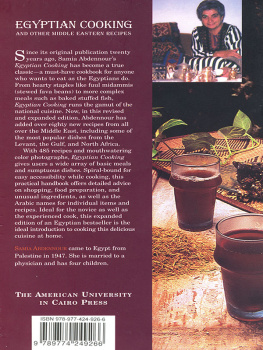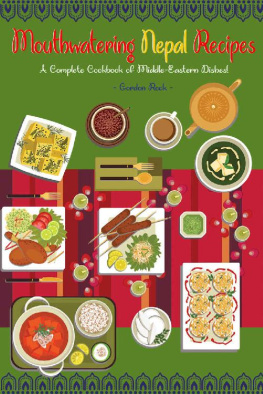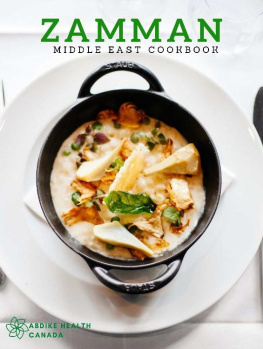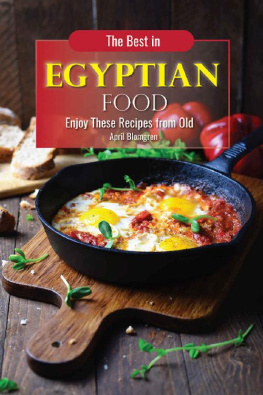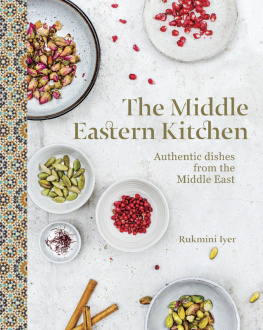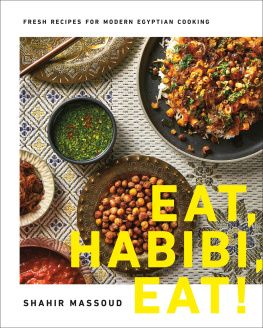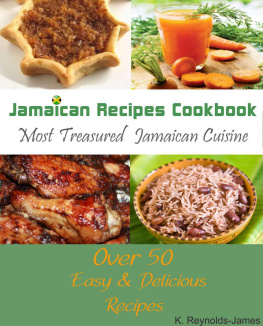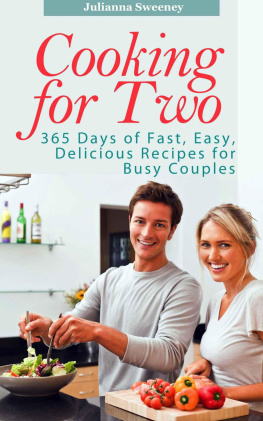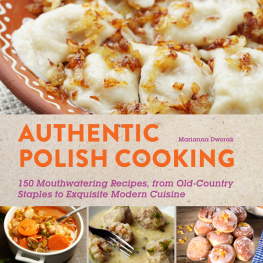Egyptian Cooking and Other Middle Eastern Recipes Egyptian Cooking and Other Middle Eastern Recipes
Samia Abdennour Photographs by
Graham Waite The American University in Cairo Press
Cairo New York To
My beloved family Samir
Soha, Reda, Hana and Neda
Samer, Salma and Souhail With all my love Copyright 1984, 1996, 1997, 2005 by The American University in Cairo Press 113 Sharia Kasr el Aini, Cairo, Egypt 420 Fifth Avenue, New York 10018 www.aucpress.com New and revised edition 2005 All rights reserved. No part of this publication may be reproduced, stored in a retrieval system, or transmitted in any form or by any means, electronic, mechanical, photocopying, recording, or otherwise, without the prior written permission of the publisher. Dar el Kutub No. 2826/05 e-ISBN 978 161 797 266 9 3 4 5 6 7 8 9 10 12 11 10 09 08 07 Printed in Egypt Contents
Acknowledgments
The author expresses her deep appreciation to Jill Lucas Hassan and Alice Gosak Gary for their help and encouragement.
This is a new version of my original book
Egyptian CookingA Practical Guide. To it I have added some one hundred of my favorite recipes from my second book
Middle Eastern CookingA Practical Guide. Here again the titles of the recipes bear the names in their native language, with their English translation. They reflect what the average middle-class Egyptian would serve without any of the sophisticated recipes copied and adapted from the west.
The book has been divided into five parts: Mezze, Breakfast, Main Courses, Sweets and Desserts, and Beverages. Breakfast, if and when taken at home, usually consists of beans, bean cakes, eggs and/or pickles. Cheeses and jamcalled nawashif or dry thingsalso form part of this meal. Mezze are the small dishes that are usually served with drinks. They are also served as side dishes. Main courses are enjoyed at both lunch and dinner.
Lunch is a meal that is eaten any time between two and five oclock, where starchesmainly rice and breadform the bulk of the meal. These are wetted with vegetables cooked with meat or fish. Dinner is non-specific either similar to lunch (usually leftovers) or similar to the nawashif of breakfast. Sweets comprise ices, puddings and desserts. Beverageshot and coldare all non-alcoholic. people of coastal cities will prepare with fish what Upper Egyptians will prepare with beef and others with poultry. people of coastal cities will prepare with fish what Upper Egyptians will prepare with beef and others with poultry.
The names however, remain the same. The recipes are for 4-6 persons. The weights are expressed in grams and measurements in ordinary-sized cups, table- and teaspoons. The quantities recommended can be increased or decreased according to taste and budget. I have included a list of Useful Hints that may be helpful to newcomers to our cuisine. Also a list of the spices and their uses.
I hope you will enjoy working through this book. Bi-l-hana wi-1-shifa as we say, or with pleasure and health. Samia Abdennour
Karafs Celery The celery mentioned in this book, whether used in pickles, soups, or stews, is home-grown and has thin stems and leavesvery similar to parsley. It is never eaten raw, but used to flavor foods. Discard only the roots; the stems and leaves are small. Khiyar Cucumbers The best are the firm, dark-green, medium-sized onesabout 7-10 cms long and 2-3 cms in diameter.
Larger cucumbers have more seeds and are saturated with moisture. When using large cucumbers, peel, slice, or dice, place in strainer, and sprinkle lightly with salt. They will thus lose their excess moisture. Pat dry before using. Toom Garlic When crushing garlic, always add a pinch of salt. Fry garlic in a small frying pan; less of it will stick.
An easy way to store garlic is to buy it early in the season, when the garlic is still full of moisture. Remove the roots, stem, and first layer or two of the peel. Weigh down the heads and mince with salt in a ratio of 5 measures of garlic to 1 measure of salt. Place in a glass jar with a tight-fitting non-metal lid. The garlic will thus keep for a whole yearthere is no need to refrigerate since the salt acts as a preservative. The garlic will turn yellow, but the taste will remain the sameit can be used raw in salads or for cooking.
Samak Fish When choosing fresh fish, make sure the gills are red and hard to open. The eyes should be bright and the texture of the flesh should be firm. To cook fresh fish, first remove the innards, then wash with cold water, rub gently with flour and salt, and rinse thoroughly. Dry inside and out before cooking or adding spices and/or batter. This process will reduce the smell of fish. Asir lamun Lemon juice Fresh lime juice can also be substituted, if you like.
Marinading It is better to marinade in a glass, ceramic, or earthenware container, rather than metal. Minced meat Use cuts of meat marbled with fat, or add cooking oil to the meat while mincing. The fat imparts a better flavor to the vegetables used with meat, and prevents the meat from drying out when grilled. Na na Mint Buy mint fresh and dry it at home. It comes in small bunches. The best is na na baladi, or local mint.
It has thin stems, bears small leaves, and has the strongest aroma. To preserve mint, rinse in several changes of water and spread out to dry, turning it over every day or so to allow proper drying. Mint takes about 7-10 days to dry. Pick the dried leaves, discard the stems, and rub the leaves in the palm of your hand to crush into powder form. Then pass the mint through a thin strainer and store in a container with a tight-fitting lid. Buuul Dry pulses Whether already soaked or not, simmer pulses until tender and do not salt until toward the end of their cooking time.
They also absorb their dressing better while still tepid.
1 Mezze (Egypt) and Mokabbalat (Lebanon and Syria) This is an assortment of small dishes, like hors doeuvres, served with drinks, as appetizers, or as side dishes. Mezze comprises a large selection of dishes that can serve as meals in themselves. Though many of these dishes, such as stuffed vine leaves, fried liver, tabuli, etc. form part of the mezze, yet they are mentioned only under their respective entries.
2 Fuul nabit Bean sprouts There are two ways to prepare this dish before the actual cooking.
2 Fuul nabit Bean sprouts There are two ways to prepare this dish before the actual cooking.
The first is to soak the beans in an earthenware or glass container for 4-6 days, rinsing and changing the water every 12 hours. They are ready when the beans have germinated at least 1 cm. The second method is to soak the beans for 24 hours, then rinse, drain, and cover the beans with a wet cloth, repeating this procedure for 4-6 days, until the beans germinate about 3 cms or more. The difference between the two methods is a stronger nutty taste in the latteras the beans in the first method are soaked in water for 4-6 days, they become softer and therefore absorb the juices better. 1/2 kg dried broad beans 2 large onions cut into quarters 10-15 garlic cloves 2 tablespoons lemon juice 1 teaspoon cumin powder chopped parsley salt and pepper Place beans in pot with onions, cover with water, and boil for 20-30 minutes. Add cumin, salt, pepper, crushed garlic, and lemon juice and boil for another 5-7 minutes.
To test if cooked, squeeze bean between thumb and finger. If the skin comes off easily, the beans are ready. Remove from flame and spoon into glass or ceramic container together with the liquid. Let cool, then add chopped parsley. To serve, drain and serve the juice in small cups (optional). 3 Lubya nashfa, barda Dried French beans, cold

